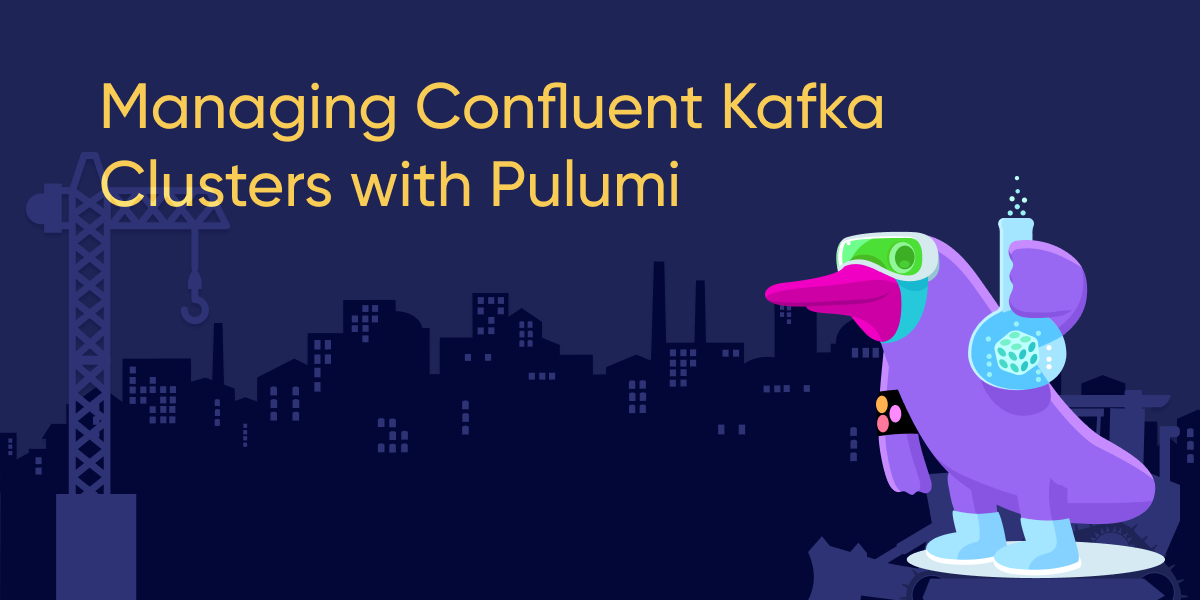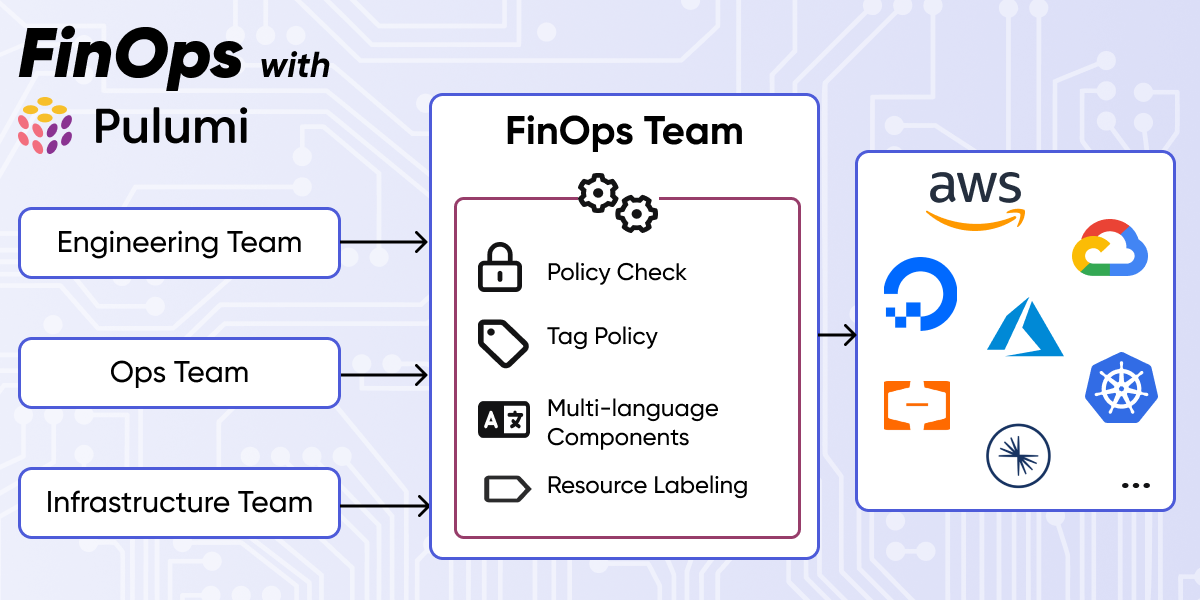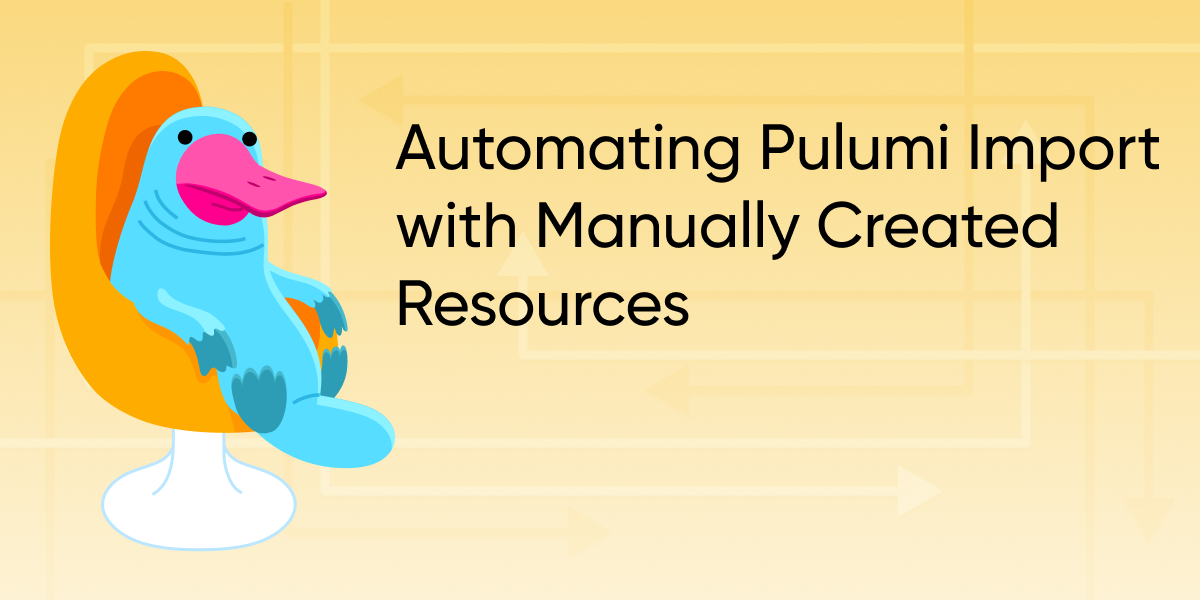Pulumi Docker Provider 4.0: Build Images Up To 50x Faster

The Pulumi Docker Provider has been a top Pulumi provider since it launched in 2018. It can be used to provision any of the resources available in Docker, including containers, images, networks, volumes and more.
One of the most heavily used features of this provider is the docker.Image resource, which enables Pulumi users to build and (optionally) push a local Docker context (like an application folder) to a registry as part of a Pulumi deployment. Today we are excited to announce a set of improvements to the docker.Image resource driven by the feedback we have received from our community. This set of improvements includes:
- Significantly improved performance (including reduced need for rebuilds)
- BuildKit support (including cross-platform builds)
- Rich Docker build logs inside Pulumi IaC program output
- Pulumi YAML and Pulumi Java support





















